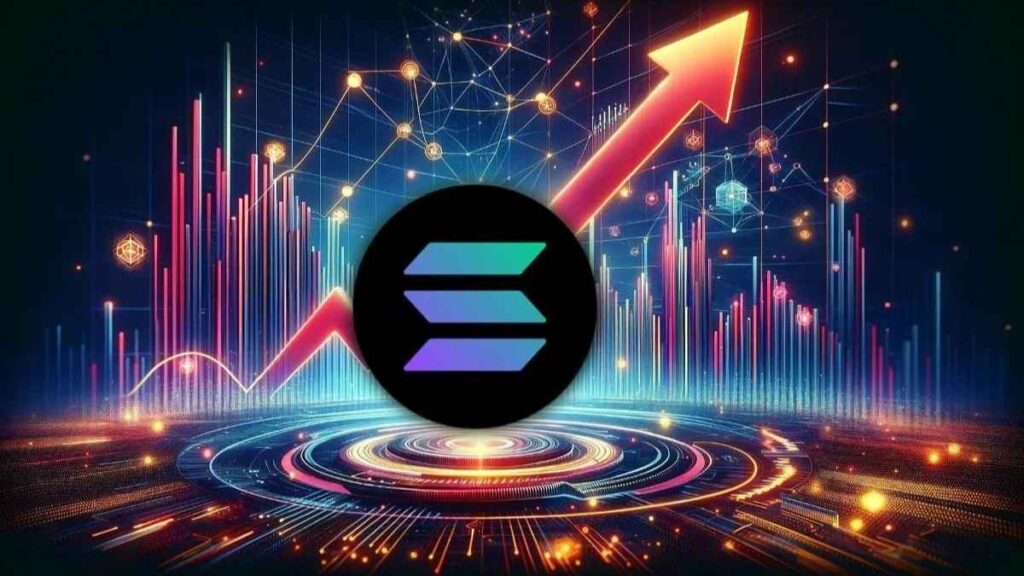Canada’s 3iQ announced the start of a Solana ETP under the ticker “QSOL.” Analysts differed, saying the fund isn’t similar to an ETP or ETF.

3iQ Digital Asset Management has recently been scrutinized for marketing The Solana Fund (QSOL) as the first Solana exchange-traded product (ETP) in North America. The Solana fund, which has submitted a preliminary prospectus for an initial public offering of Class A and Class F units, intends to list on the Toronto Stock Exchange (TSX) under the ticker “QSOL.” Nevertheless, critics contend that 3iQ’s promotional strategies are deceptive, and the Solana fund is not an ETF or ETP.
3iQ’s Solana Fund Is Not an ETF
3iQ, a prominent digital asset investment manager, has introduced the Solana fund as a groundbreaking investment vehicle that offers exposure to Solana (SOL). As stated in a press release, the fund’s objective is to expose unitholders to Solana’s price fluctuations. In addition, it intends to provide opportunities for long-term capital appreciation and staking yields generated by the network.
Therefore, 3iQ will employ Coinbase Custody’s institutional staking infrastructure to facilitate its activities. The fund’s official statements emphasize its aspiration to become the first Solana ETP to list in North America. Nevertheless, Eric Balchunas, a senior ETF analyst at Bloomberg, has expressed apprehension regarding this assertion.
Balchunas emphasizes that a fund cannot be classified as a genuine ETF or ETP unless it has a “daily creation/redemption process.” He contends that 3iQ’s strategy attempts to “leverage the popularity and goodwill of ETFs” without adhering to the rigorous structural criteria that characterize these investment products.
Is it an ETF to CEF game?
James Seyffart, another Bloomberg analyst, shares Balchunas’ skepticism. In the past, 3iQ and other Canadian issuers, such as Ninepoint, have launched funds as closed-end funds (CEFs) to convert them to exchange-traded funds (ETFs) at a later time. He acknowledged this. Nevertheless, he also emphasized that the present marketing strategy for the Solana fund needs to state this explicitly.
Additionally, Seyffart underscores that the strategy appears “a little misleading.” He implies that the Solana fund’s actual status and future intentions could be clearly defined through 3iQ’s communications. Conversely, Balchunas acknowledged the marketing pressures but maintained that 3iQ’s strategy is “overly sophisticated.” Furthermore, he recommended that organizations delay the designation of a product as an ETP until it is indeed eligible for the designation.
